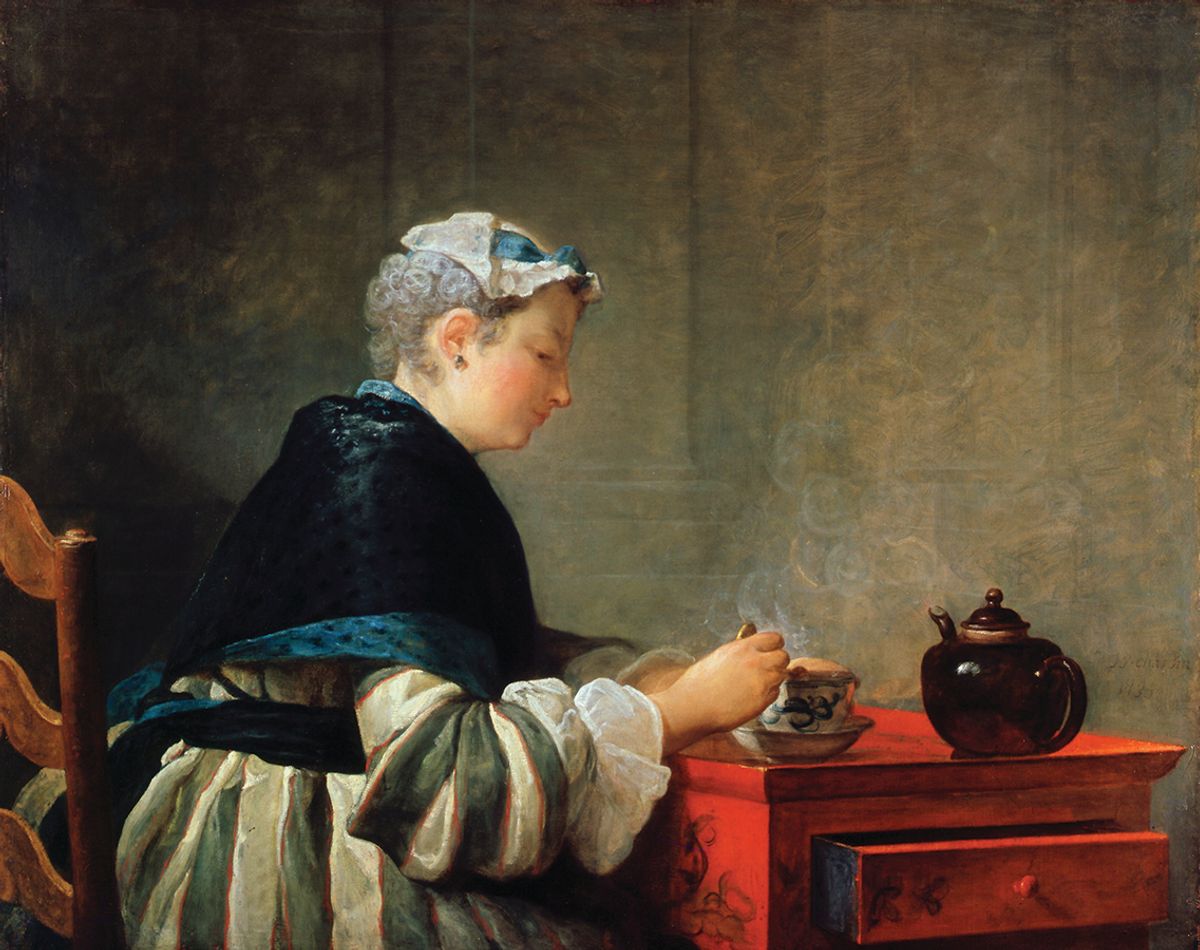The history of art and the history of medicine usually seem pretty remote from each other. The essays in William Hunter and the Anatomy of the Modern Museum, published to mark the tercentenary of Hunter’s birth and that accompanied the exhibition with the same title at Yale Center for British Art, New Haven, earlier this year, make a rather different case, however. Hunter was a Scottish surgeon who trained in Glasgow and Edinburgh. He then moved to London to practice and also to teach with great success. In London he formed a remarkable collection and library, which he bequeathed to Glasgow University. In 1807, it passed to the university where, as the Hunterian Museum, it still bears his name.
The essays in this book trace the formation and history of Hunter’s collection. They also look at the distinctive principles that governed his very deliberate collecting and the careful attention that he gave to ensuring that it would survive him and continue to be useful as an educational tool which, as Dominik Hünniger makes clear in his essay, it already was in his lifetime.
As well as art and anatomical materials, the collection includes comparative anatomy (paintings by Stubbs), geology, entomology, ethnography and one of the finest collections of classical coins in the country. It is a little sad to reflect, however, that this is the first time for many years that all the elements of Hunter’s collection have been brought together. It does, nevertheless, demonstrate how they were synthesised by Hunter’s understanding of the principles of empiricism: observation, analysis and record of the actual as the basis of all knowledge. The thing itself is its own only true witness. It was a position that Hunter shared, of course, with his friend David Hume and others among his brilliant contemporaries and, as the authors of this excellent and important book variously demonstrate, Hunter’s collection, the Hunterian in fact, is a great monument to the Enlightenment.
At Glasgow University in the 1730s, Hunter was a student of the philosopher Francis Hutcheson, whose philosophy of moral sense was central to the Scottish Enlightenment. Adam Smith and Gavin Hamilton were among his fellow pupils. Then, in Edinburgh, Hunter was a student of Alexander Munro, who had revolutionised Scottish medical teaching by bringing to it a practical, empirical approach that he had himself learned in Holland. There, an alliance between art and surgery was already long established. As an example of this, Munro studied at Leiden under Herman Boerhaave, but also with the anatomist and collector, Frederik Ruysch whose daughter and collaborator was the still-life painter Rachel Ruysch. Discussing this connection in the essay “William Hunter and the Anatomy of the Modern Museum”, Mungo Campbell remarks: “The ideas that shaped the early visual education of [Allan] Ramsay and [Robert] Strange (both close friends of Hunter) and equally of Hunter, evolved as much within the structure of Northern European medical education as in the painting academies of Europe.” It is a very important point and the book proposes two things that — developed here and elsewhere in its pages — make it especially valuable. It demonstrates, first, the interdependence of art and medicine, crucial in Scotland certainly, and second, it suggests a route for the transmission of Dutch 17th-century empiricism to the Scottish Enlightenment and thence more widely through figures such as Hunter and Ramsay in London, or Gavin Hamilton in Rome.
From this argument, Hunter’s purchase of Jean-Baptiste-Simeon Chardin’s superb painting A Lady Taking Tea (1735), for example, makes perfect sense as a masterpiece of empiricism. Allan Ramsay’s beautiful portrait of Hunter (1764-65) falls into the same category and does indeed belong to the same intellectual tradition. So, too, therefore, do Hunter’s purchases of paintings by Rembrandt, the wonderful small The Entombment (around 1630), and an untitled, extensive landscape, now identified as by Philip de Koninck and dated around 1665, but also bought as by Rembrandt.
Thus seen as part of the empirical tradition, these and other paintings have a natural place in the museum that Hunter created on empirical principles of taxonomy, principles that, as Campbell demonstrates, were set out by Adam Smith. As an essay by Nathan Flis shows, Hunter’s collection incorporated much of that of his London mentor, James Douglas, and, as Craig Ashley Hanson points out, Hunter also bought significantly from another great collection of the period, that of Dr Mead. Neither of these collections included art as an integral part of the whole in the way Hunter’s did, however. Nor indeed did Hans Sloane’s collection formed at the same time as Hunter’s.
For Hunter, art was not just an ornament to set his collection apart, it was integral to his collecting just as it was also to his practice. One thing that Alexander Munro did to revolutionise medicine in Edinburgh was to teach his students to draw. Hunter’s magnum opus, The Anatomy of the Human Gravid Uterus Exhibited in Figures, published in 1774, shows how well he understood Munro’s lesson of the importance of art to medicine. Hunter’s book, the subject of an essay by Mungo Campbell, is one of the most remarkable and also most beautiful medical publications of its time. It was fitting, therefore, that Hunter became the first professor of anatomy in the new Royal Academy.
Duncan Macmillan is an emeritus professor of Edinburgh University and a critic for The Scotsman
- Mungo Campbell, ed. William Hunter and the Anatomy of the Modern Museum, Yale University Press, 440pp, £50 (hb)


